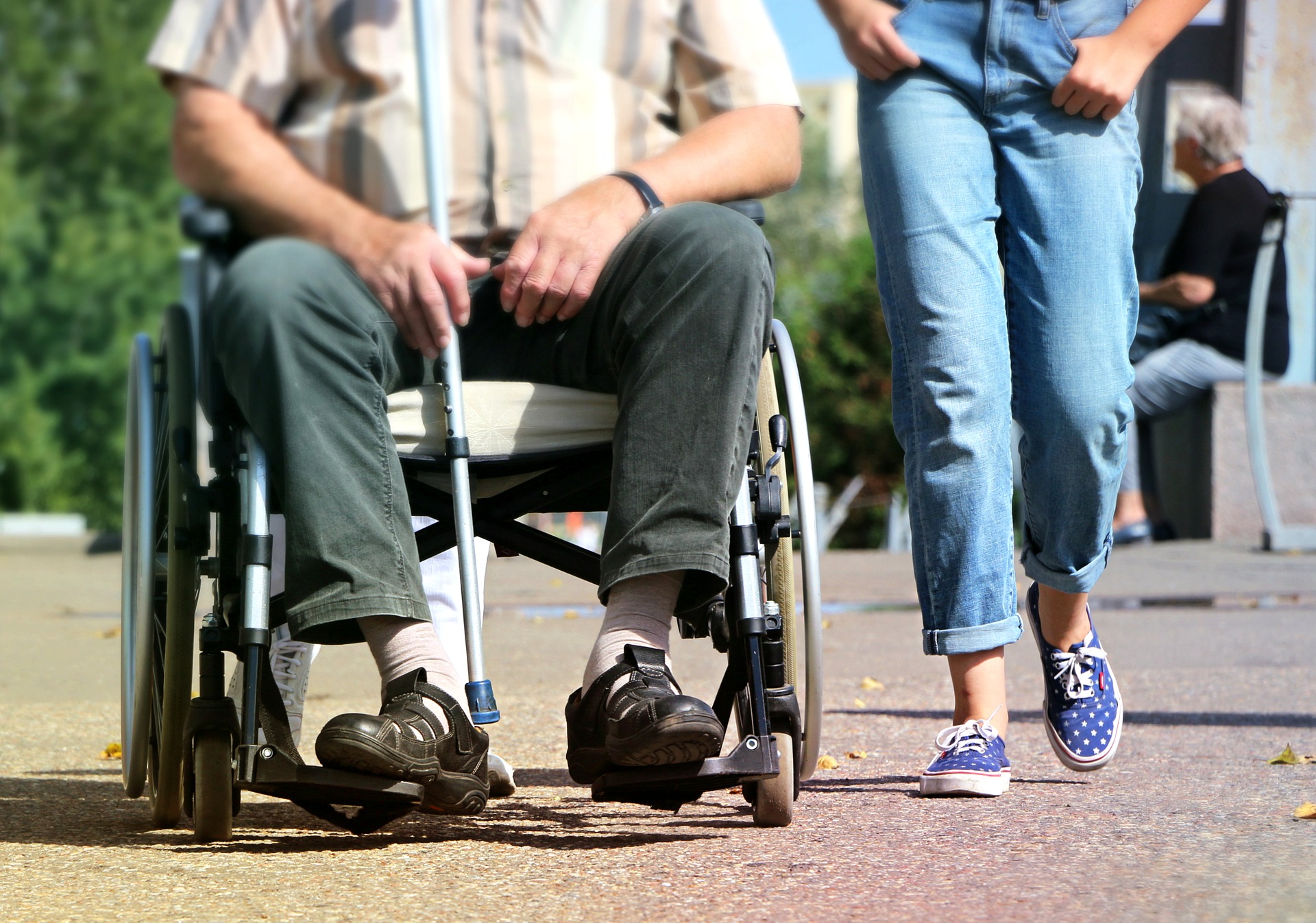When you are choosing a nebulizer, you need to match it to your needs. Your nebulizer will help you breathe more freely, but not all nebulizers are the same. Depending on your health condition, your doctor may recommend one type over another. Once you find the right one, you can experience many health benefits.
What is a nebulizer?
Nebulizers are typically used to treat asthma and other breathing problems. Children who have colds that settle in their chests can benefit from the machine, which delivers medication straight into the lungs. The machine sends medication through your breathing passages and offers quick relief. The face mask is easy to use, especially for children who can’t yet use inhalers.
The nebulizer transforms liquid medicine into a breathable mist. It is a pain-free treatment for common problems. You can choose a nebulizer that stands in one area, or one that is portable. The base houses an air compressor. A flexible plastic tube connects the air compressor to a special container that holds the medicine. Then a mouthpiece or mask attached to the medicine dispenser allows for easy delivery.
How to Use a Nebulizer
A nebulizer is simple to use. You need to wash your hands before using it, and make sure that all the pieces are clean and dry. Place the medication into the container and connect it to the tube and mask or mouthpiece.
Next, turn the base on. You may see the mist coming out of the container. Breathe it in deeply and slowly. Within five to 15 minutes, you will breathe in all the medicine. After use, clean the mouthpiece and medicine container with hot, soapy water and rinse well before air drying.
How to choose a Nebulizer
There are two different types of nebulizers: air compressed or ultrasonic. These are both in stationary or portable forms. Each has pros and cons to consider.
With an air compressed device, you have a slightly longer delivery time. It is able to hold a wider range of medicines because no heat affects the transfer. The medicine container is larger. The machine is noisier to operate than an ultrasonic model, but it is also more durable.
An ultrasonic device requires less than six minutes to deliver the medicinal mist. It offers a very quiet operation and consistent medicine particle size. However, it is less durable than an air compressed device and can cost more. It’s wise to check with your doctor to know which type of nebulizer is right for you.
For the best choice in nebulizers and related products, you can trust AAA Wholesale Company. We stock several different types of machines with different price points. We also carry all the necessary tubing, mouthpieces, masks and medicine containers when you need replacements. Visit the AAA Wholesale Company online catalog today to learn more about the nebulizers that we carry.











